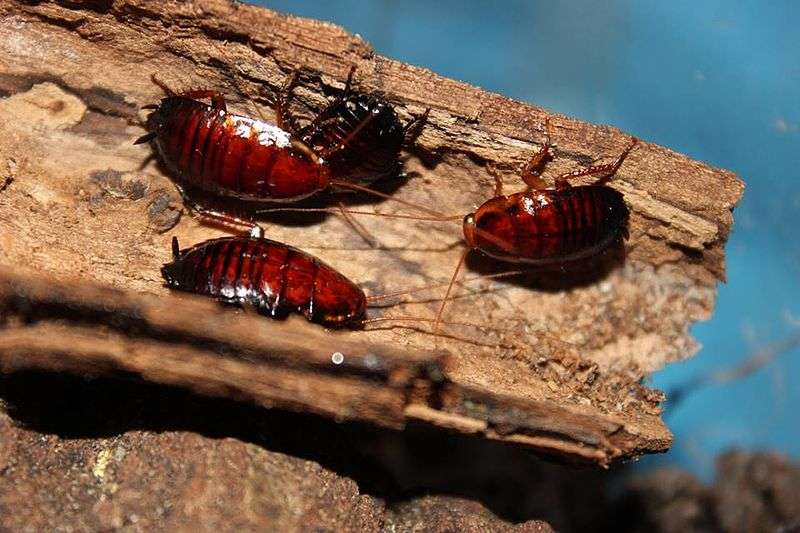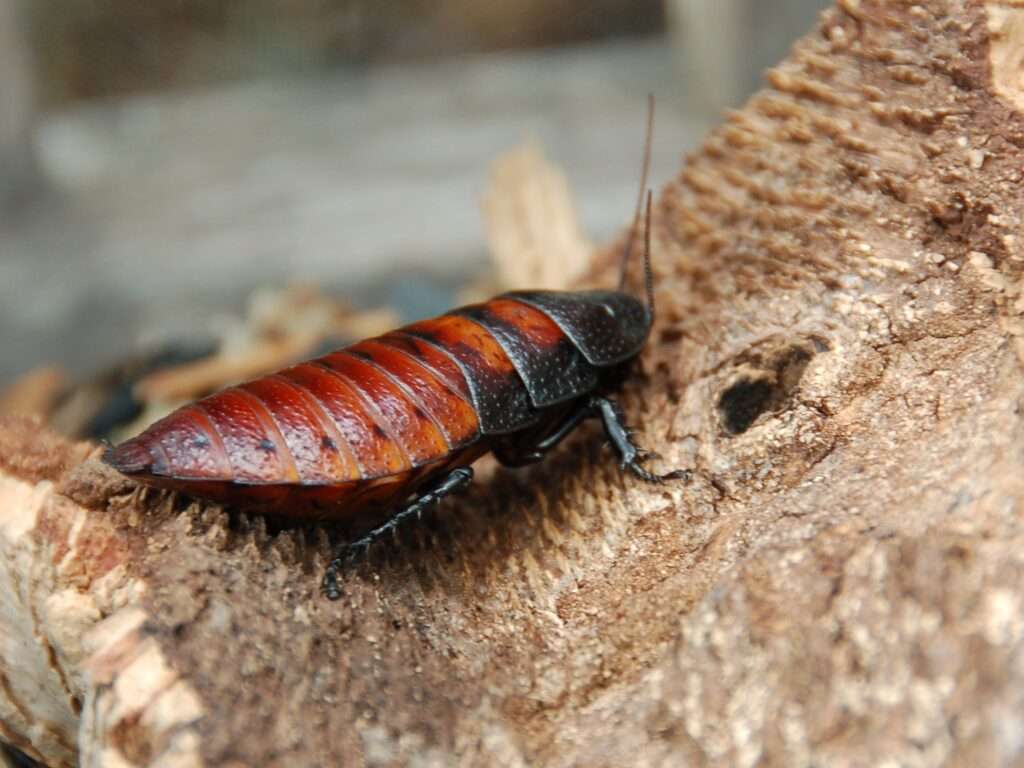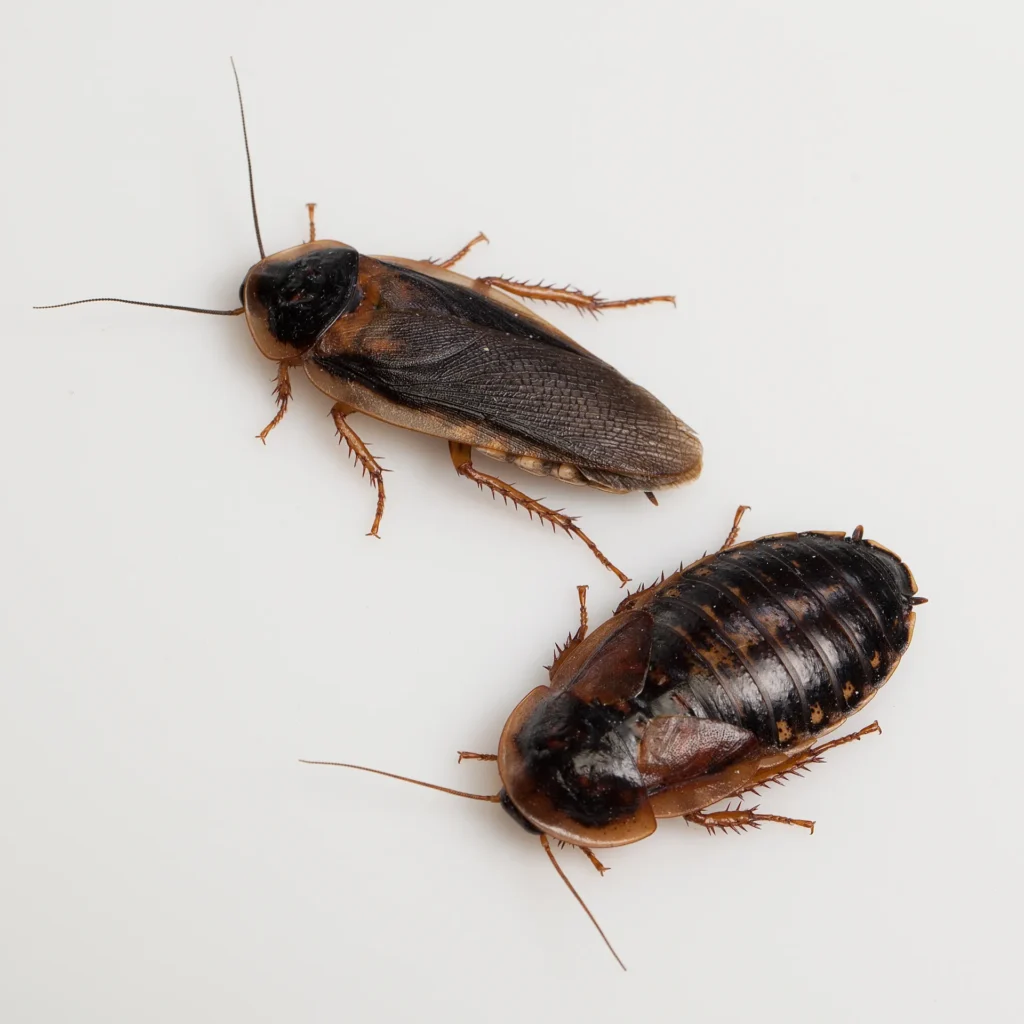
The palmetto bug is another name for the native Florida wood cockroach, Eurycotis floridana (Walker), which is found in the southeast region of the country. It is a peridomestic organism that can be discovered in close by buildings like storage spaces, greenhouses, or shelters for other structures like water pumps. Although it is sluggish moving and lacks efficient flight wings, it occasionally breaks into homes. The majority of the time, it enters the house on something else, like firewood, which brings it inside.
Description
Color
The Florida wood cockroach is dark to blackish brown in hue, or reddish brown following a recent molt.
Wings
Hindwings are nonexistent, and the tegmina (front wings) are very short, extending just past the mesonotum (the dorsal plate directly behind the pronotum).
Adult
Adults normally measure 30 to 40 mm (1.2–1.6 in). A Florida wood cockroach that measured 62 mm won the contest for the largest specimen of cockroaches in Florida (2.429 in). A casual observer might mistake the Florida woods cockroach for the female adult of Oriental cockroach due to their striking resemblances.
The species’ dark brown egg case is 0.55-0.63 inches long, features indentations that indicate where the eggs are situated, and holds 21–23 eggs.

Habitat
Stumps, woodpiles, holes in dead trees, cavities under bark, and occasionally leaf litter are among the species’ natural habitats. On rare occasions, it enters structures. Typically, it only establishes itself in non-livable parts of buildings.
Distribution
The West Indies and a small portion of the southeast of the United States, have both reported sightings of the species.
Feeding
The Florida wood cockroach, a detritivore in actuality, feeds mostly on decaying plant materials. Dead or decaying plant material, such as leaves and bark, as well as lichens, mosses, molds, soil microorganisms, and mycoflora that would be commonly met in damp, dark conditions, might all serve as reasonable food sources.
Reproduction
Males can mate around 18 days after reaching maturity, while females start producing ootheca about 55 days after reaching maturity. The ootheca hatch in 50 days at 30-36 °C (86-97 °F) and are buried in soil or decomposing logs. Nymphal clones can reproduce asexually by parthenogenesis, but they do not grow to adulthood.
Not Keeping as a Pet, Why?
Reason: An allergic reaction or an asthma attack can be brought on if a colony made its way inside your house.
Table





